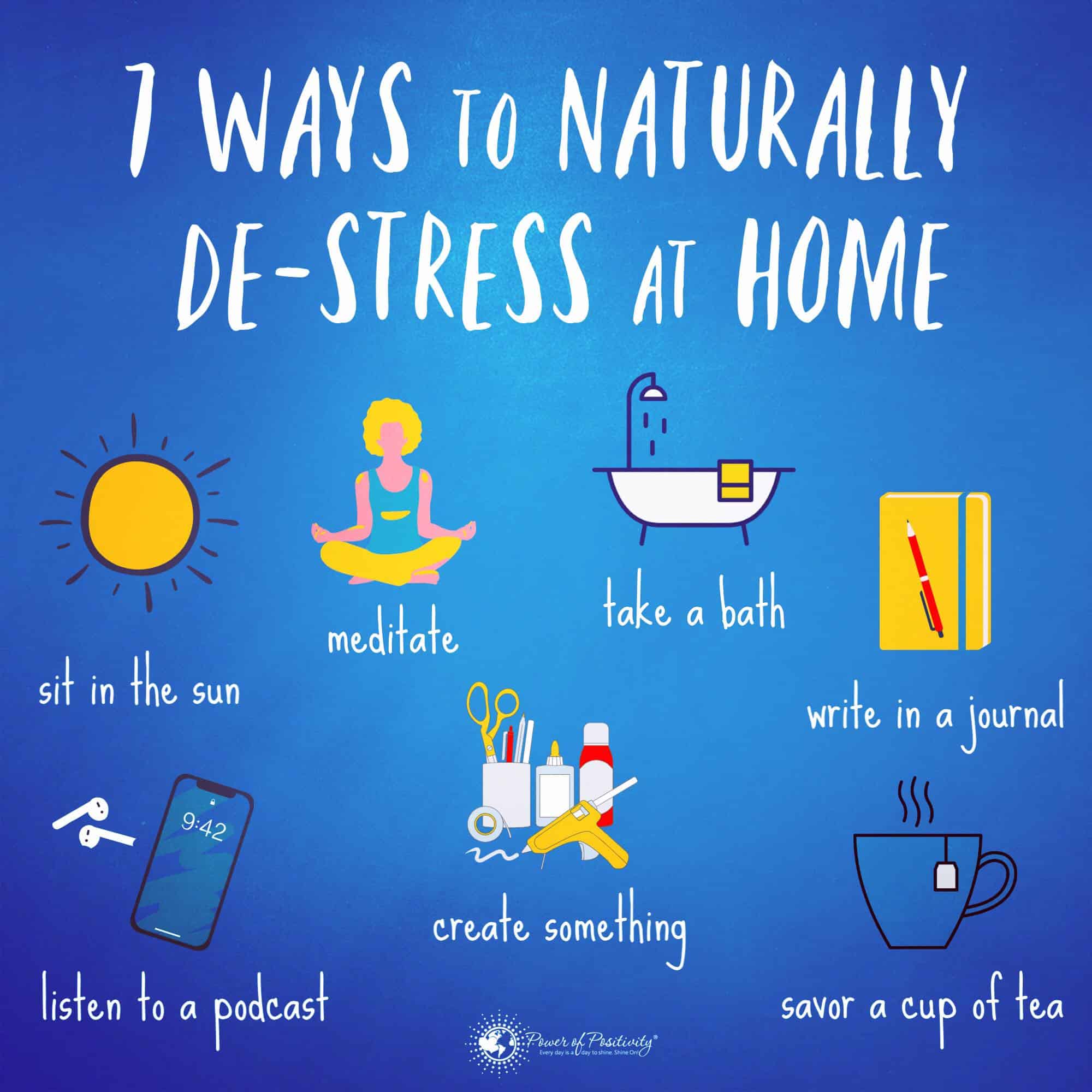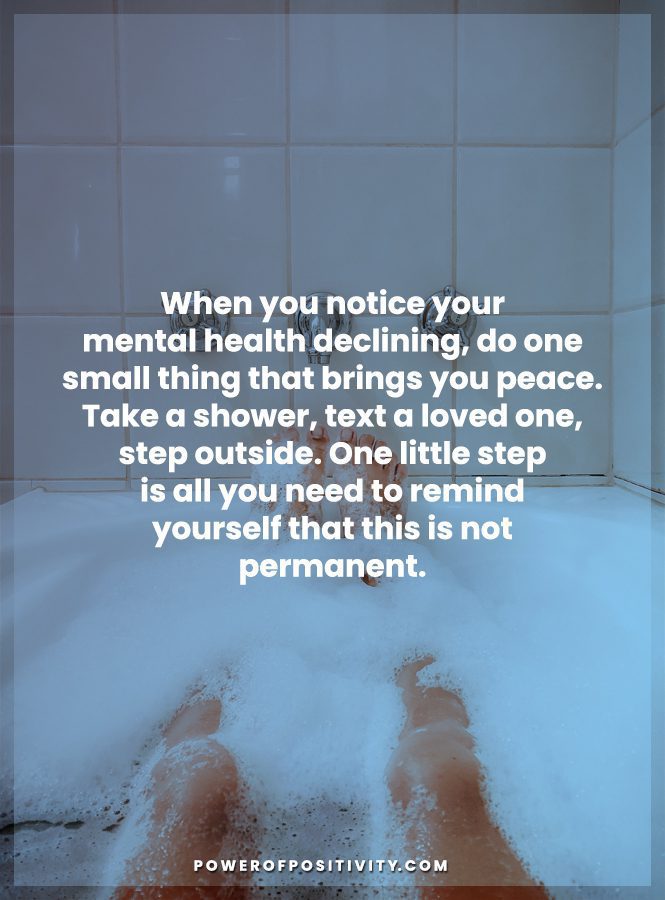There is no lack of information that touts the importance of self-care, along with plenty of studies proving why it’s important. Even so, it still falls to the bottom of our to-do list and is clearly not as a high a priority as it should be.
Self-care, when it becomes something we should do, somehow loses its appeal even though there is nothing more fun than doing stuff that feeds your soul. Think about it, would you rather clean the kitchen or do some yoga? So why is the kitchen always clean?
Self-care isn’t hard and doesn’t have to take up a big chunk of our day. Self-care is simply slowing down enough to listen and respond to what our bodies are asking us for.
Here are 10 self-care strategies you can do in 10 days.

Day 1: Make Sleep a Priority
Nothing affects our ability to process and handle challenging situations more that adequate sleep. When we are well-rested, we are better equipped to keep our emotions in check, be productive and find creative solutions. Unfortunately, our busy schedules often keep a good night’s rest at bay.
Today, take the time to develop a nighttime routine and get in the habit of making sleep a priority.
Day 2: Drink More Water
Our society has a habit of reaching for a diet soda over bottled water, and that isn’t good. Sodas, coffee, and energy drinks can be full of sugar and are often more dehydrating than they are hydrating.
Water is an essential ingredient for our body to function properly and without it, we feel both the physical and mental effects.
Today, drink more water. If you have a hard time drinking plain water, try adding some lemon and mint for a refreshing and detoxifying facelift.
Day 3: Move More
Everyone agrees that exercise is good for you. It elevates your mood, decreases stress and gives you more energy. So if we can all agree we should exercise more, why aren’t we? Lack of time is usually the response. Well, the good news is you can realize the benefits with as little as ten minutes a day. Surely, we can find ten minutes, right?
Today, go for a walk, find a 10-minute exercise routine on YouTube or do some stretching at your desk. Whatever you choose, choose to move more today than you did yesterday.
Day 4: Spend Time With a Friend
A solid social network makes us happier, and there isn’t a better way to take care of ourselves than to spend time with our friends. They hold our hands when we are sad, support us when we’re scared and make us laugh in dark times. Don’t wait until the next crisis to spend time with people who matter.
Today, schedule a date for coffee or lunch with a close friend because it is the right thing to do.
Day 5: Read a Book
Reading keeps our mind sharp, and an active mind better equips us to handle stress and life’s challenges. Be on a constant quest to learn and challenge the mind. It will contribute to more positive thoughts and a better outlook on life.
Today, pick up a book you’ve always wanted to read and read a page … or ten.
Day 6: Enjoy a Hobby
Having time to do something just for the fun of it is the ultimate example of self-care. Everybody feels good when they are doing something they love. Taking up a hobby isn’t about mastering a skill, it is about releasing the stress and chaos of our day in an activity we enjoy.
Today, try something you have always wanted or do something you love – just for the fun it.
Day 7: Take a Photo
Photographs capture memories and memories remind us of important moments. When we take the time to take pictures of our day, it gives us a chance to slow down and appreciate our surroundings.
Today, take a photo of things that make you smile.
Day 8: Seek Serenity
Finding quiet recharges our natural energy, and our natural energy is what propels us through our day. In the midst of quiet, we can let go of the chaos around us and focus on filling our body with cleansing breaths. It will leave us feeling more centered and more optimistic.
Today, take five minutes and find some quiet and let your mind wander as you focus on your breath.
Day 9: Spoil Yourself
Spoiling ourselves is not self-indulgent, it is necessary. It’s important we take the time to remind ourselves that we are special and deserving of the good in our lives. When we treat ourselves well and when we believe we’ve earned it, more opportunities of abundance will begin to appear.
Today, do something special just for you – because you do it.
Day 10: Practice Gratitude
A big part of self-care is being grateful for all the good in our life. When we take the time to practice gratitude, we are changing our mindset and our view of the world.
Today, take the time to honor the things you are grateful for in your life. Journal it, photograph it, spend time in some quiet bringing attention to it. Doing this might be the best self-care strategy of all.













